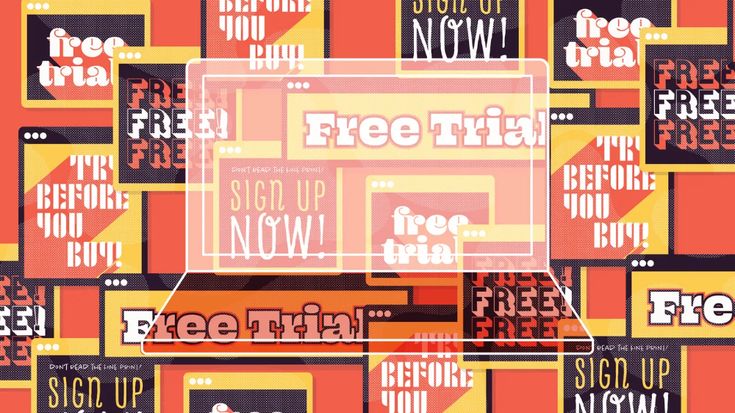You open your bank app and there it is—another random charge you don’t recognize. “$9.99 for Monthly Pro Access”? From what app? For what service? You have no idea. You’re not alone. In 2025, the average smartphone user is signed up for over 6 paid subscriptions—and many don’t even know it.
Subscription scams are one of the most quietly devastating tech frauds today. They don’t break into your accounts or steal your passwords. They don’t scream for your attention. Instead, they slip through your defenses by disguising themselves as convenience. And they’re costing people millions.
It Always Starts With "Free"
The scam usually starts with something innocent—a fitness tracker, a photo editing app, a daily horoscope. It offers a “7-day free trial,” and all you have to do is enter your card info. What they don’t tell you—at least not in a way that’s obvious—is that once the trial ends, you’re automatically enrolled into a monthly subscription that’s almost impossible to cancel.
Some apps charge $5.99. Others go higher—$19.99, $49.99, even triple digits annually. You get no reminder. No notification. Just a line on your bank statement, nestled between groceries and Uber rides.
And these apps aren’t hiding in dark corners of the web. Many of them are featured on Apple’s App Store or Google Play, complete with glowing (and often fake) reviews. Some are even labeled as “Editor’s Choice.”
A System Designed to Keep You Unaware
What makes subscription scams so insidious is the psychological trap they create. People often tell themselves they’ll cancel before the trial ends, but life gets in the way. Then there’s the confusing language. Instead of a clear “Cancel Subscription” button, you’re forced through a maze of settings, buried pages, and deceptive menus. Sometimes the cancelation doesn’t even go through.
App developers have mastered this manipulation. Some don’t even deliver what they promise—there are hundreds of apps that appear functional, but once downloaded, they lock all features behind a paywall.
And the platforms? They’re not doing much to stop it.
Big Money, Low Risk—for the Scammers
According to cybersecurity analysts, subscription scam apps collectively rake in billions globally each year. Because the payments are technically “authorized,” banks often refuse chargebacks. App stores claim it’s on the user to manage subscriptions. And the scammers? They just cash in.
There are even networks of developers who clone popular apps, flood the store with variations, and cycle through fresh listings as soon as old ones get flagged.
In one recent investigation, a flashlight app was found charging users $8.99 per week. For a flashlight.
The Victims Are Everyday People
One of the most concerning aspects is who’s being targeted. These scams disproportionately affect older users who may be less familiar with mobile subscriptions, teenagers who download games or content without realizing the financial consequences, and busy professionals who simply don’t monitor their statements closely.
People have lost hundreds—even thousands—before realizing what’s happening.
“I had 14 subscriptions I didn’t even know about,” one user shared on Reddit. “I thought I’d canceled them, but they kept billing me from different names. I ended up canceling my card just to stop the bleeding.”
How to Protect Yourself
Audit your subscriptions regularly. Both iOS and Android have a subscriptions page in settings. Go there now. Check it.
Cancel what you don’t recognize or no longer use.
Use your bank’s transaction monitoring tools. Some apps can help flag recurring charges.
Turn off auto-renewals by default. Never assume a free trial ends cleanly.
Read the fine print before downloading apps. Especially the billing section.
Use virtual cards for trials. Some banks offer one-time use cards you can cancel independently.
The Bottom Line
Subscription scams aren’t loud or dramatic. They’re quiet, persistent, and profitable. They rely on your distraction, your busy schedule, and your trust in the system. That’s what makes them dangerous.
So the next time an app offers you something “free,” ask yourself—how free is it really? Because when you’re not paying attention, your money’s already gone.

